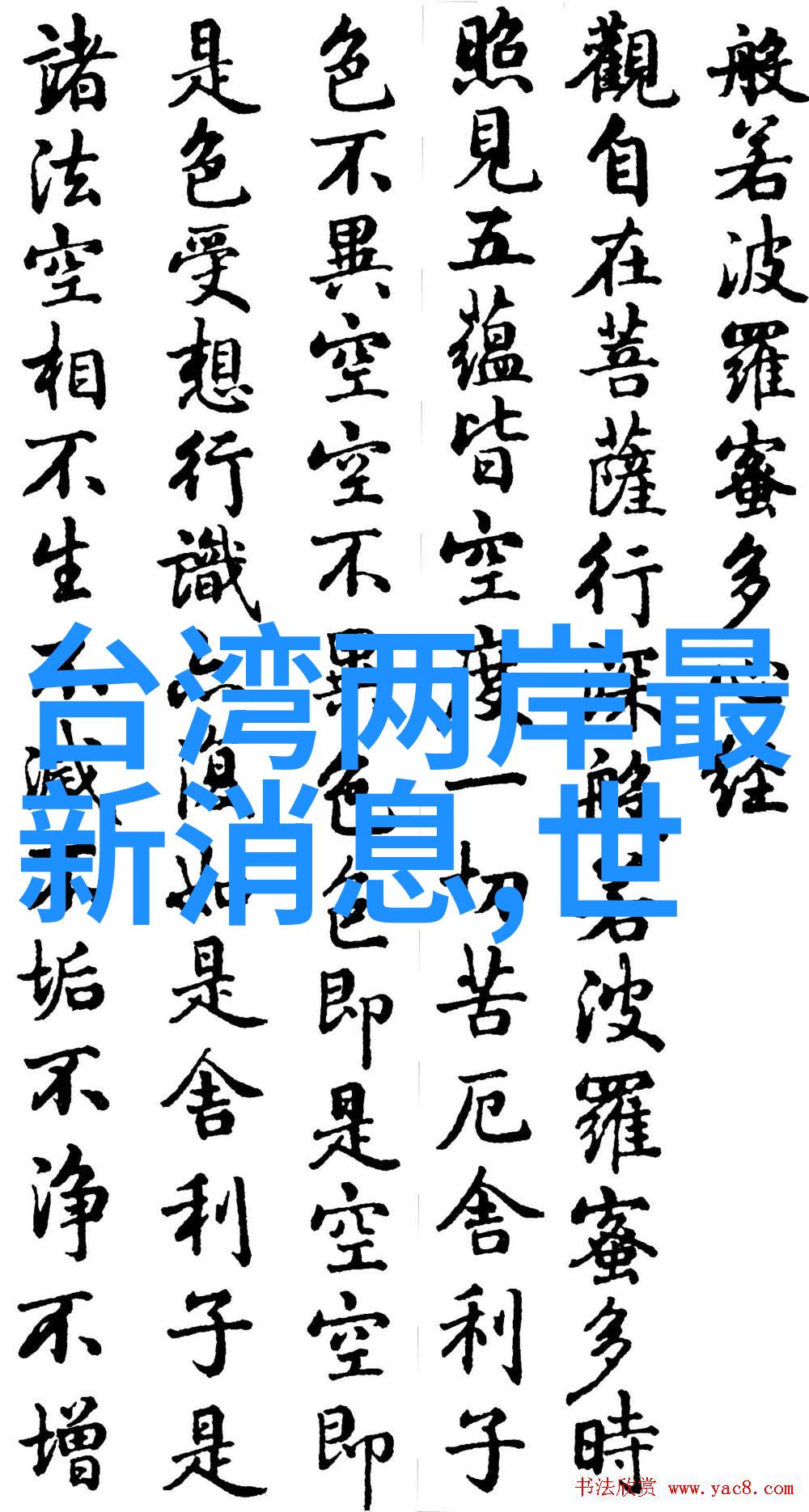八卦学探究从古代象形文字到现代符号文化的演变
在中国传统文化中,"八卦"一词不仅指的是天地万物的基本模式和宇宙秩序,还有着丰富多彩的民间故事和神话传说。然而,在这个深奥而又广泛的话题中,我们今天要探讨的是“八卦学”,即研究与"八卦"相关的一系列符号、图案及其背后的意义。

第一节:古代象形文字与其背后的智慧
在远古时期,人类通过观察自然现象,如云、雨、日月星辰等,对周围环境进行了初步的认知和记录,这些记录逐渐发展成为了一种简单易懂的语言形式——象形文字。这种文字形式直接将事物本身描绘出来,以此来表达或记忆某个概念。在这些早期文明中,“八卦”就成为了一个重要组成部分,它们代表了自然界中的基本元素,如水火土木金空。

第二节:“八卦来了”的起源与流传
随着时间的推移,“八卦”这一概念开始被赋予更多含义,不仅仅局限于自然界,而是扩展到了社会结构、哲学思想以及人际关系上。这也是为什么我们今天常用“ 八卦来了”这样的表达方式,用以描述某种消息或信息迅速蔓延开来,引起人们广泛关注的情况。当我们说“八卦来了”,其实是在暗示一种普遍共鸣的情感,一种关于社会动态变化的心理反映。

第三节:从道教到佛教再到儒家——宗教哲学对“八卦”的影响
在中国历史上,无论是道教还是佛教,都对“八卦”的解释给予了深刻的影响。道教认为,每一个方位都有其特定的神灵,并且每个方向都有一套相应的修炼方法。而佛教则将这Eight Trigrams作为宇宙生成之始,是一切存在之根本。至于儒家,则更侧重于人性和伦理方面,将" 八 卜 "(即六十四宫)用于占兆,预测吉凶,同时也强调它对于个人品德教育上的重要性。

第四节:“符号文化”的现代嬗变
进入现代社会后,“ 八 卜 ”已经不再只是简单的一套图像或者是一种占星术,而是转化为了一种复杂多样的符号系统。在当今网络时代,“网红”、“微博热搜榜单”等新兴媒体平台,使得信息传播速度极快,让任何一点点风吹草动都能迅速成为公众关注焦点,这便可以理解为一种新的“ 八 卜 来了”。

结语:
总结来说,从古代象形文字到现代数字媒体,'8' and 'Gua' (or 'Ba Gua') have undergone a profound transformation. They are no longer just symbols or diagrams, but rather a complex system of signs that reflect and shape our understanding of the world. Whether it's ancient divination practices or modern social media trends, the power of symbolism is undeniable. As we continue to navigate this rapidly changing world, it's important to remember that the wisdom of the Eight Trigrams remains relevant today - offering us guidance on how to live in harmony with ourselves, each other, and the natural world around us.
The next time you hear someone say "eight trigrams came," take a moment to appreciate the rich history and cultural significance behind those simple words. For in them lies not only a reflection of our past but also a blueprint for our future - one that encourages balance, harmony, and unity among all things.


